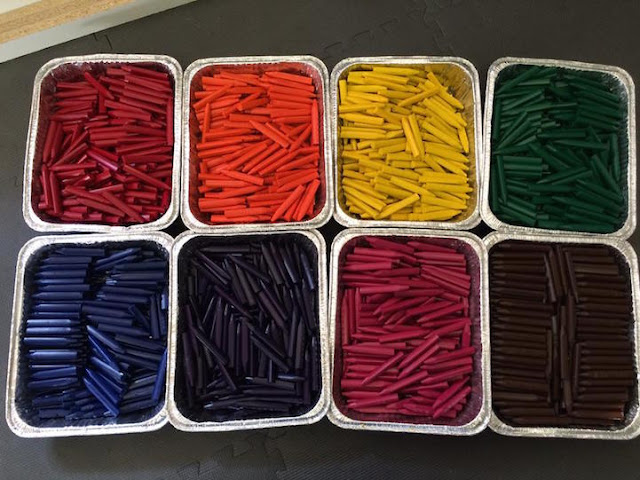A British
business man has spent £15,000 to convert an old double-decker bus into their
dream holiday home because he’s is too tall for caravans. The British man
Andrew and his wife Lisa Jane Powis bought the Lleyland Atlanteen bus off eBay
for just £2,500 and have transformed it into an exclusive camper van with an
ample kitchen, wood burner and three beds. Therefore, they’ve created their own
holiday home after becoming fed up with cottages refusing them because of their
big dogs, and due to the point that caravans offer an uncomfortable stay for
6ft 5in Andrew. They’ve spent 6 weeks in renovating and decorating the Cliff
Richard Summer Holiday style bus, and use it for breaks with their three
children and two great Danes (Nick name Betsy Blue).
The bus is
also being hired out to the public for £105 a person per night; hence they
ripped out all of the seats and installed furnishings, including a cooker, oven
hob and fridge. There’s a bathroom on the lower level, bedrooms on the top
deck, and relaxing hot tub just steps from the bus front door. The 43 years old
Andrews says, I’m struggling alone in a caravan, and let alone with three kids
and two Great Danes charging about. You know, most of holiday cottages are
pretty dog-unfriendly too, and we are always found it really hard to find
somewhere that would have us. Then we got an idea to build our own super-size
caravan?
Though we don’t have much experience with this sort of thing, but
ultimately we decide to go and make it happen. We worked out there and now my
entire family loves it very much. They hoped it was just for us, I think
they’re a bit gutted that we keep renting it out. We’re extremely glad that our
friends and other visitor are stunned when they see the converted bus. Without
any doubt, this was a marvelous experience and feedback has been amazing
too. The exclusive bus is admiring every
visitor and loads of space, little things like the hot tub and the log burner
make a big impression too.Source: Charismaticplanet.com





































